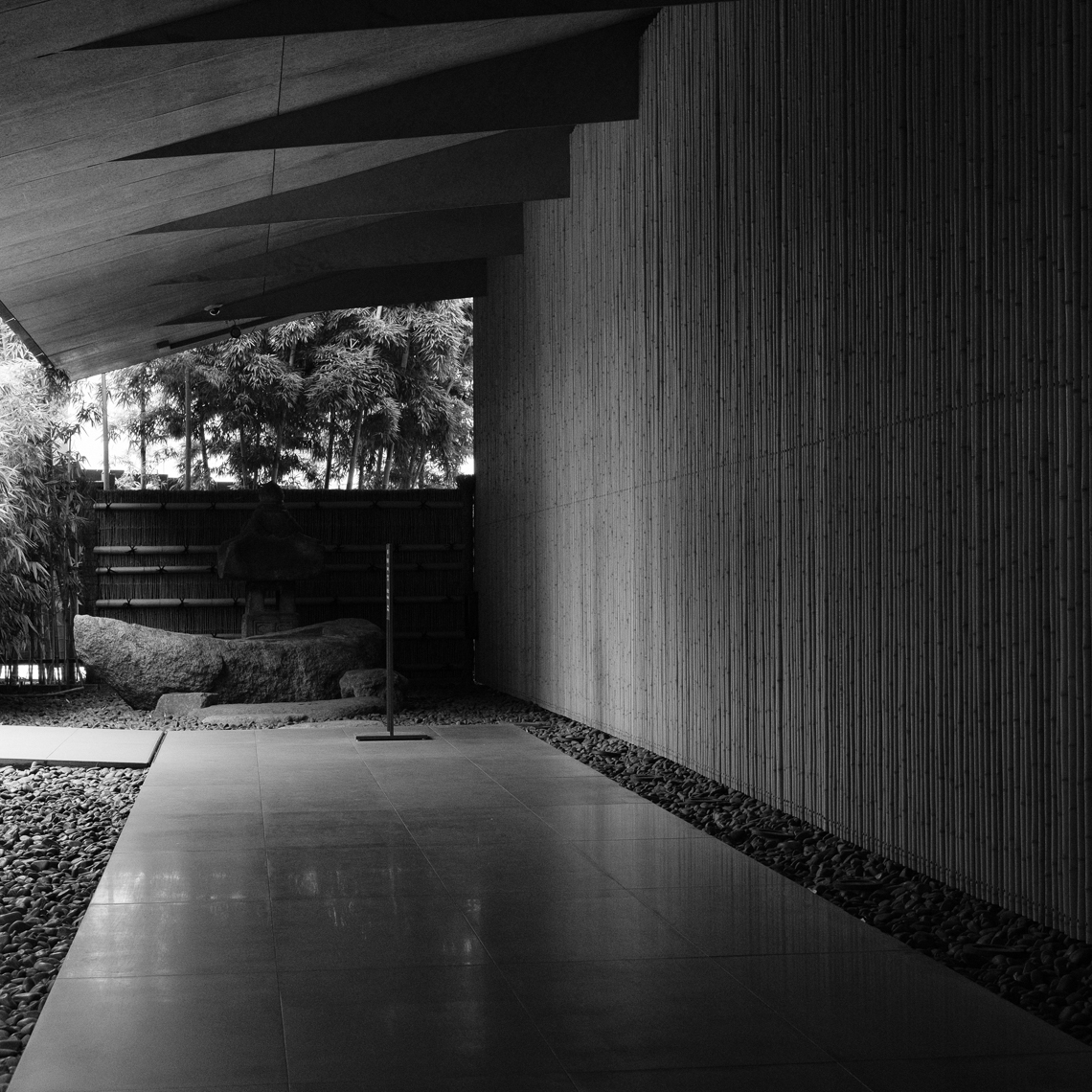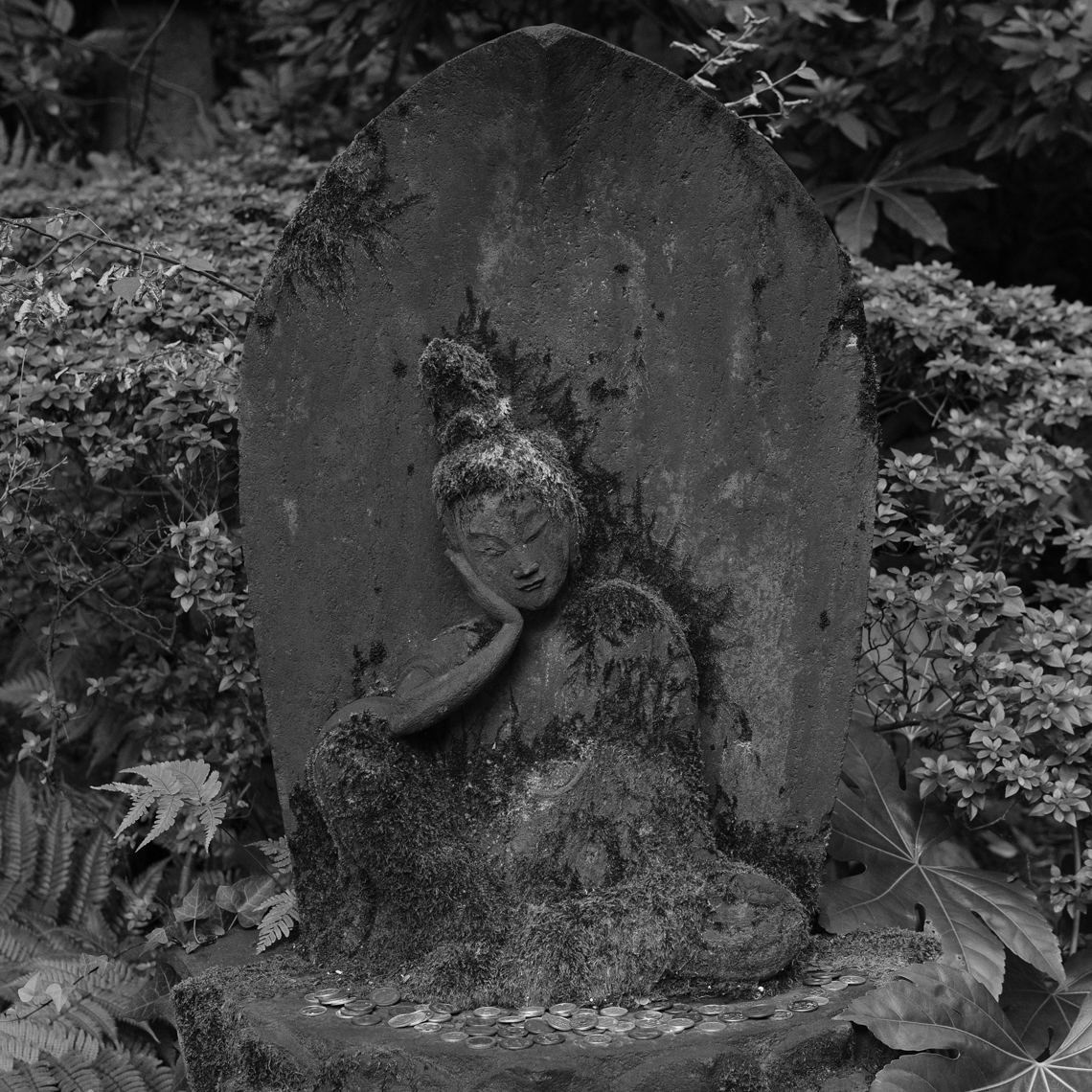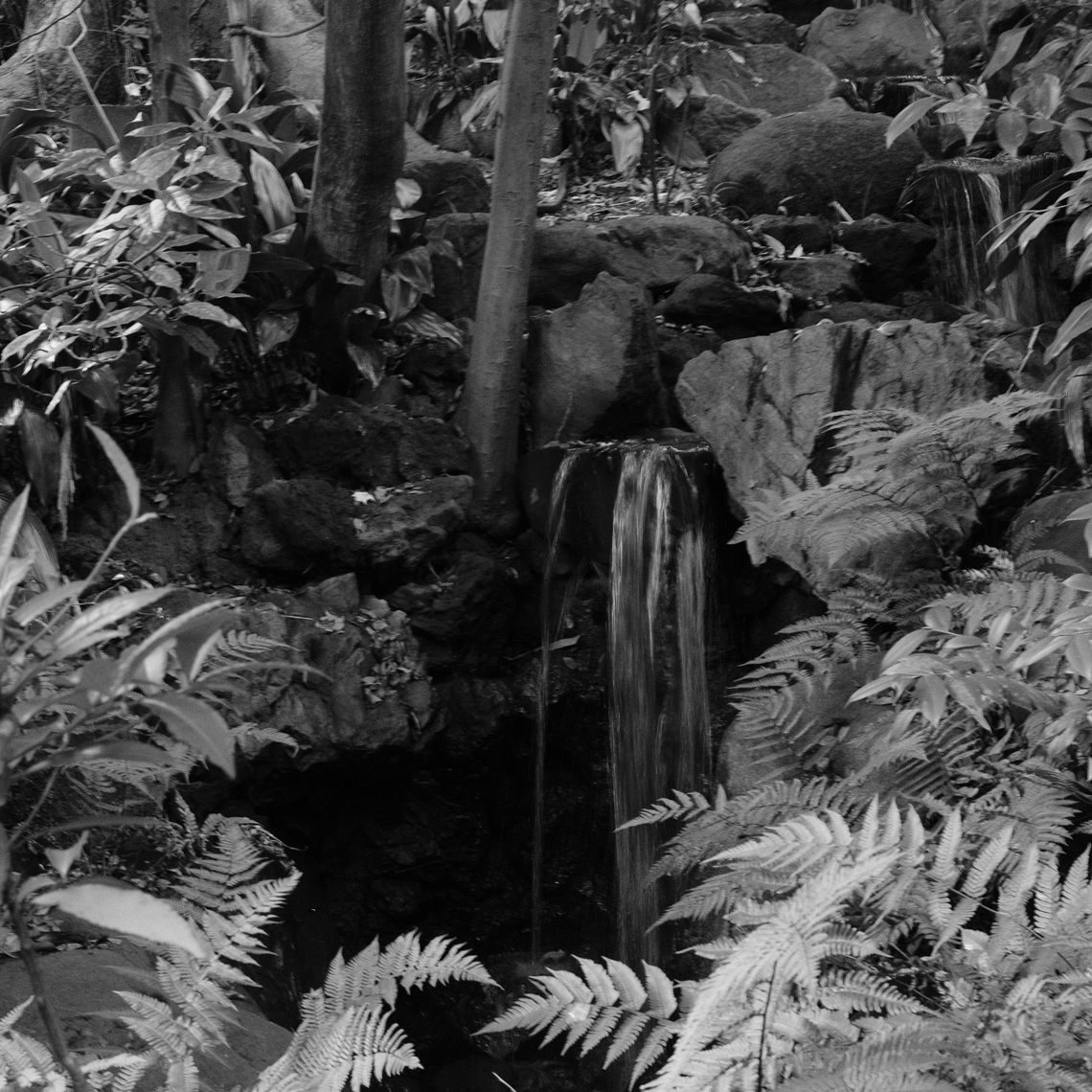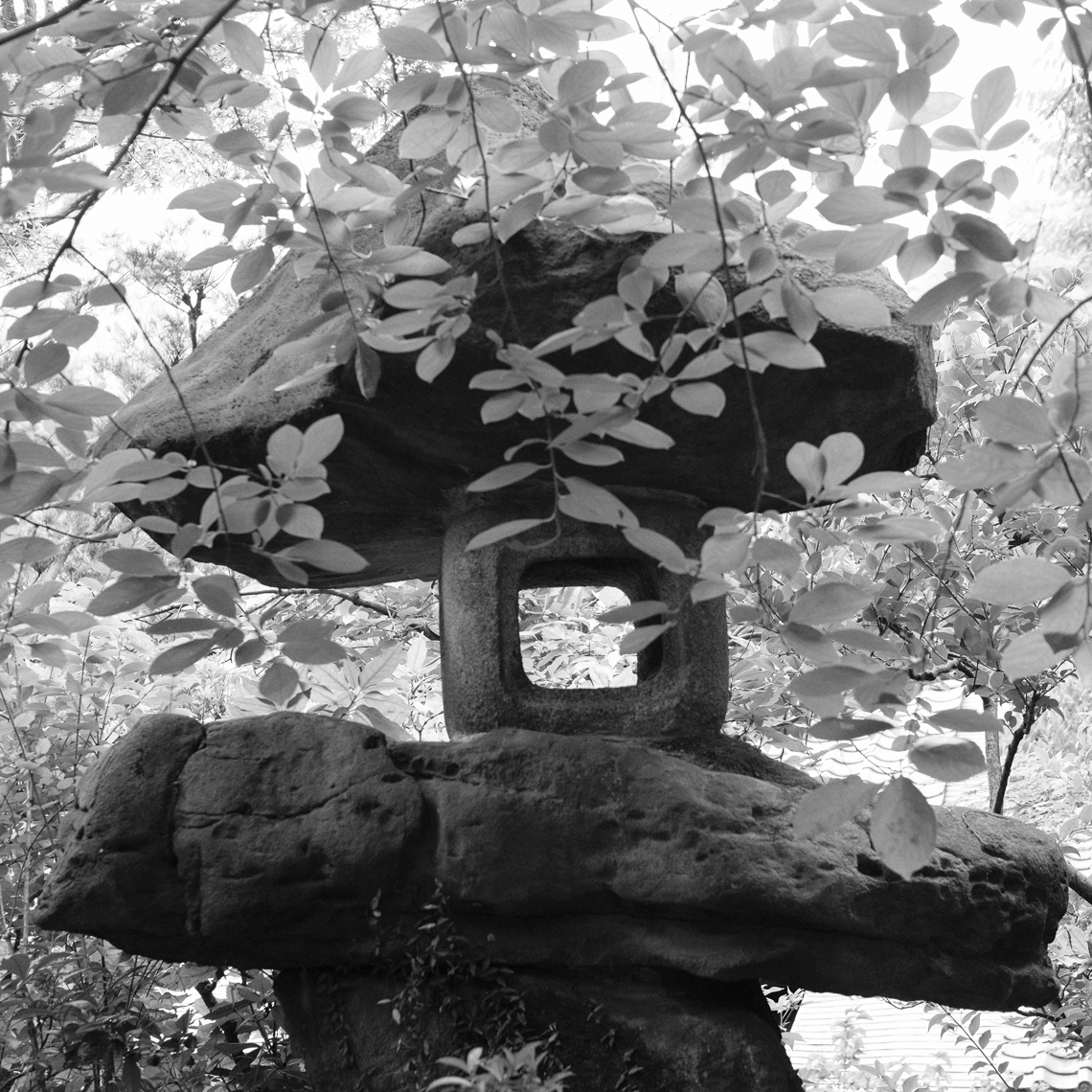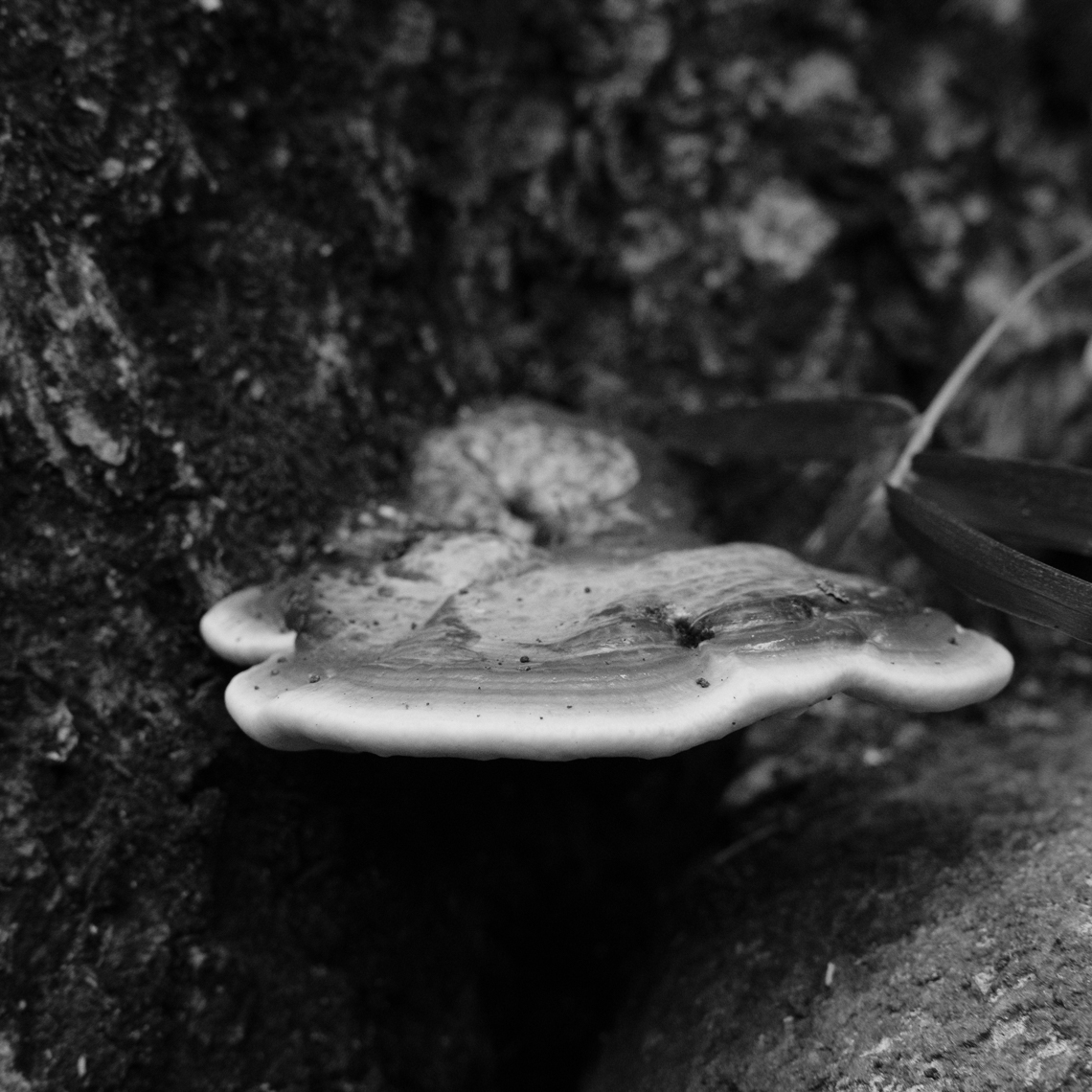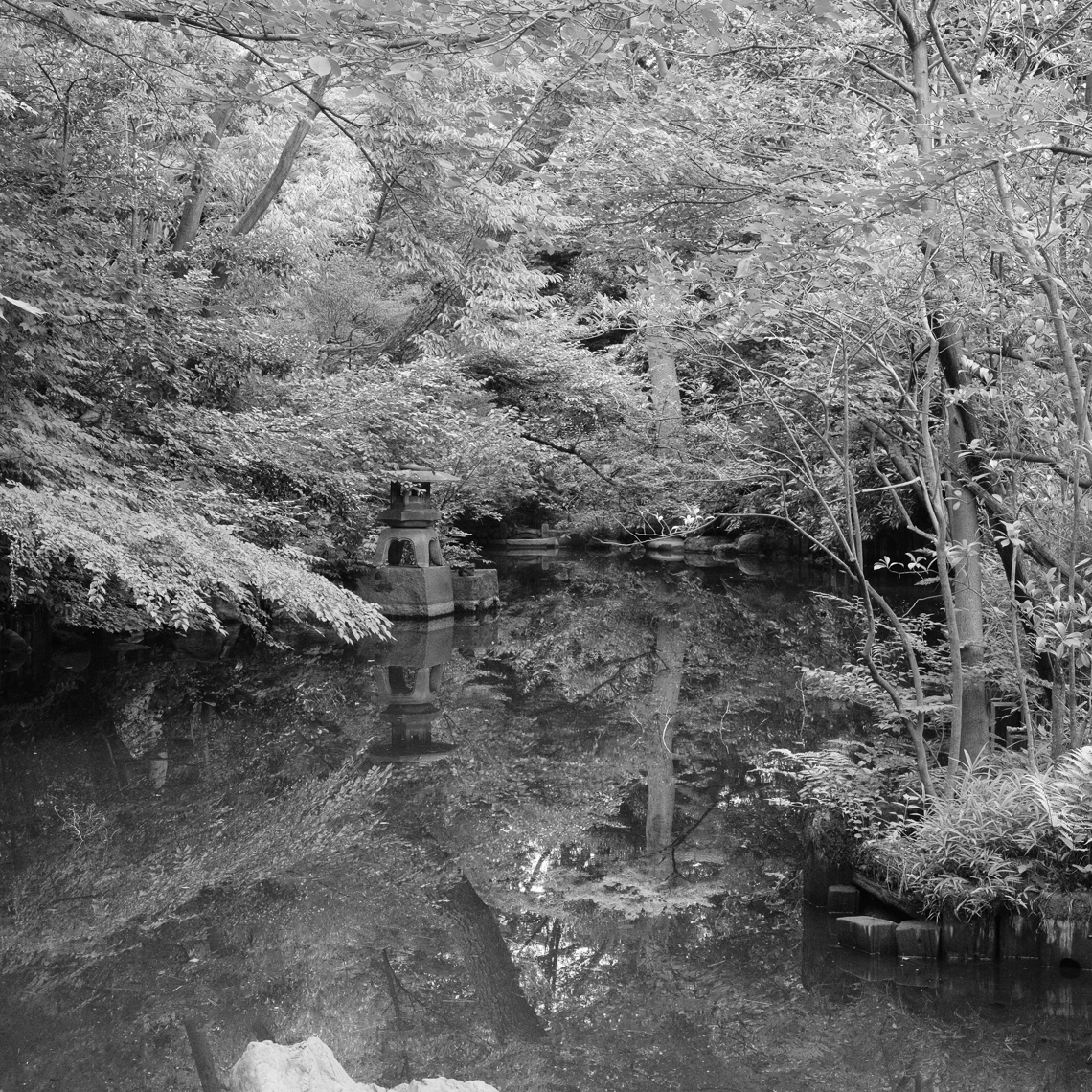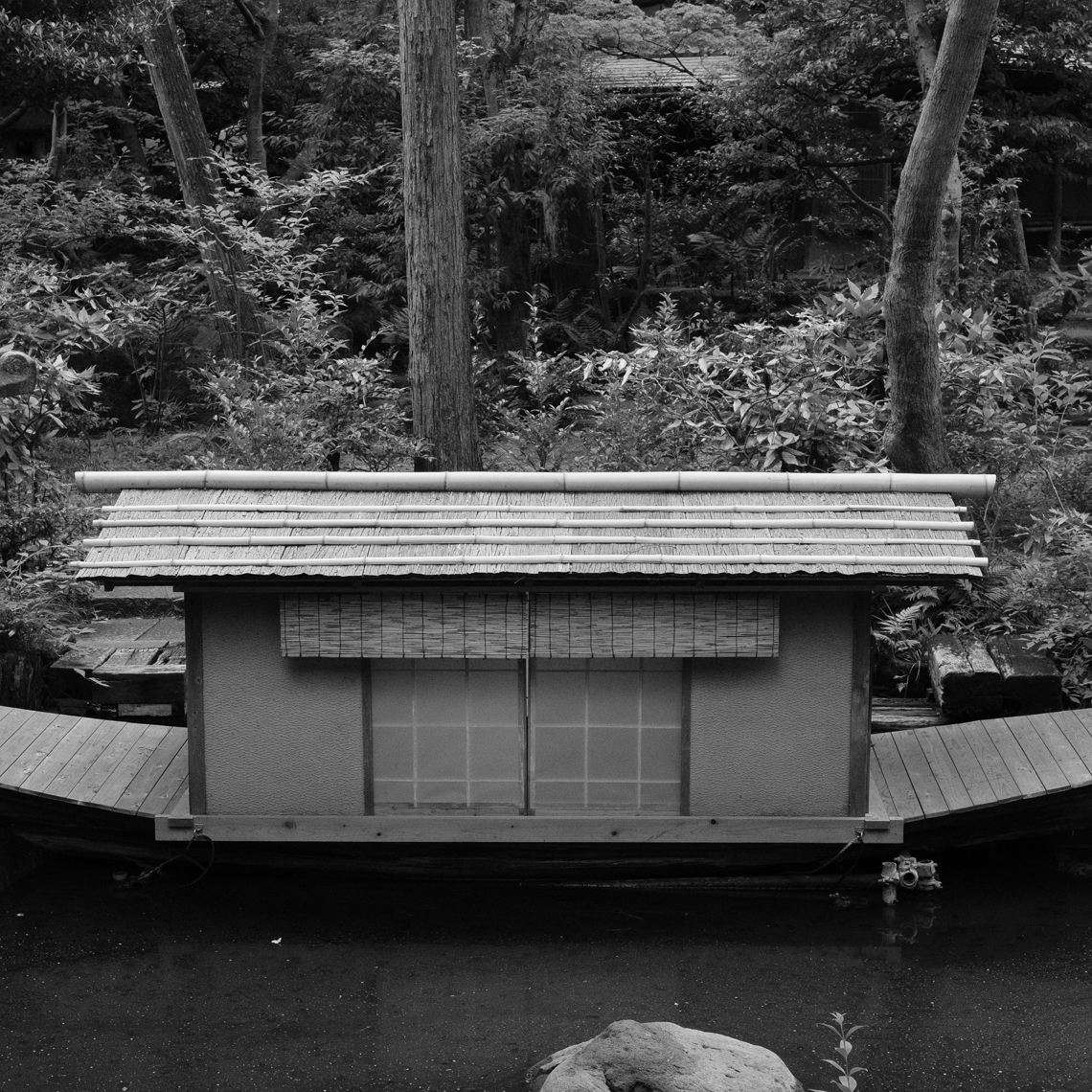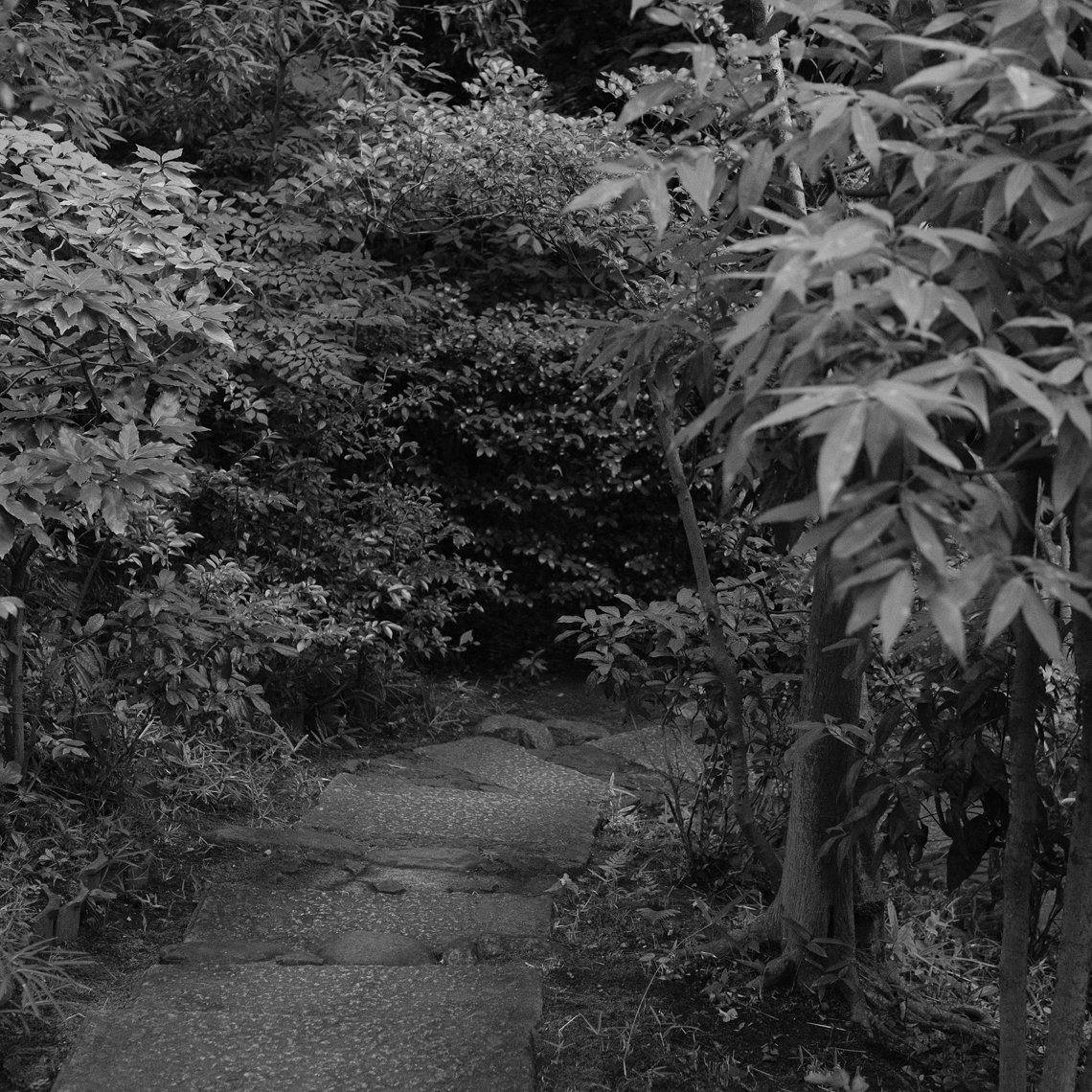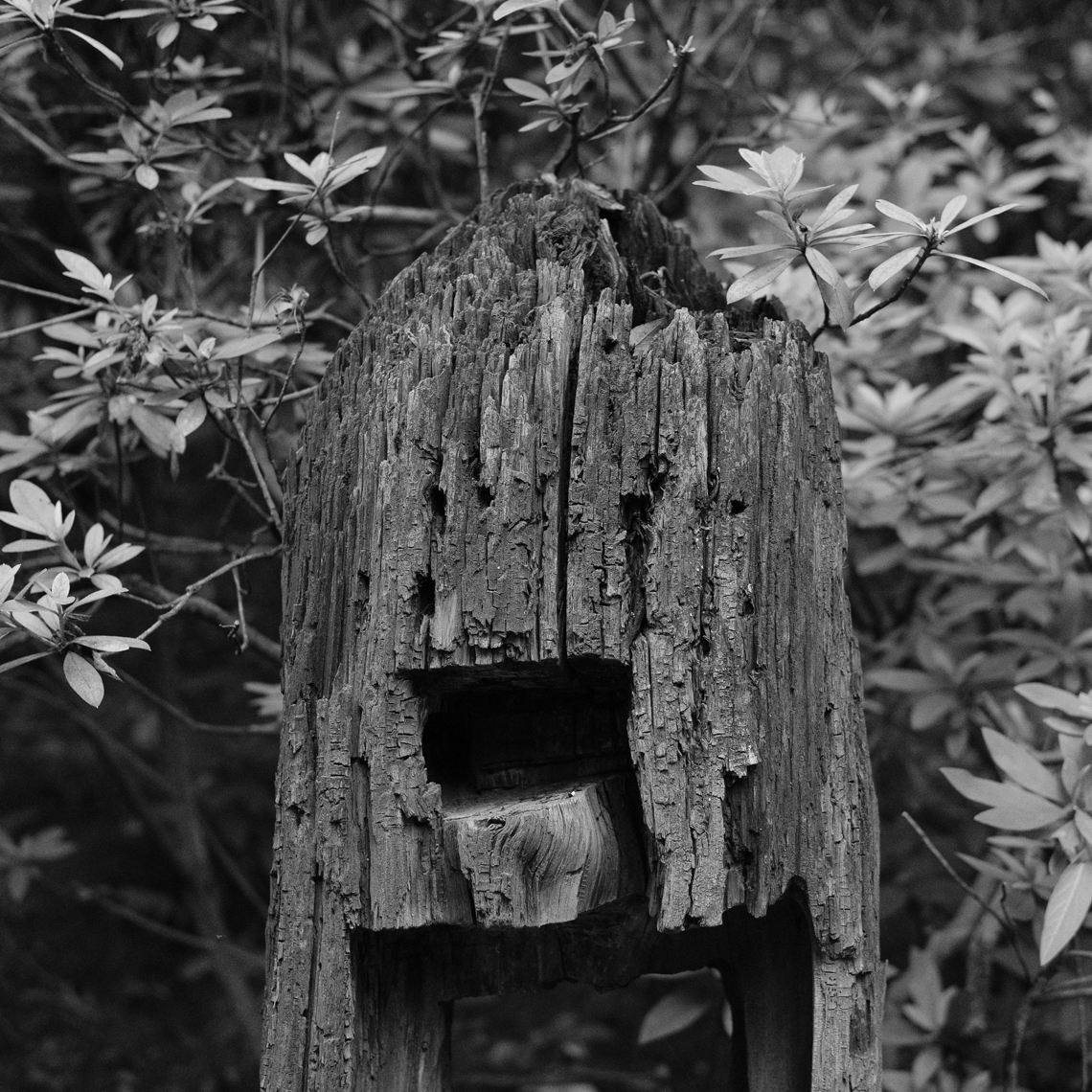The Virtual Film Camera Exercise
Here’s a fun, simple exercise to improve and challenge your photography skills by turning your digital camera into a virtual film camera.
The last few blogposts have been quite serious, so I wanted to share something a little more fun. I don’t often write photography tips, but this is one that’s helped me a lot, especially when I feel a little low on ideas, or I’m getting used to a new camera.
The Virtual Film Camera Exercise
The idea is simple: turn your digital camera into a virtual ‘film’ camera, then go shoot a single roll of film, so to speak.
Rolls of film were expensive ‘back in the day’, meaning most people couldn’t afford to shoot many of them. Film cameras didn’t give you any immediate feedback, either. You couldn’t look at a screen to check your exposure or composition; by the time you pressed the shutter you had to trust you’d got it right. Processing photos was expensive, too, and there wasn’t as much that could be done to salvage bad or boring photos.
All this put pressure on the photographer to ‘get it right’ quickly, rather than doing what often happens now – taking lots of photos trying to guess our way to a good image.
How To Do The Photography Exercise
First turn off any photo review options – the ones that automatically show your last photo on the camera screen (or in the viewfinder if you have that option). Next, set your camera to JPEG mode, since that gets you in the mindset that you’re shooting the final image rather than a RAW file you can process later.
Third, put your camera into manual mode. If you’re not comfortable doing this, go as far away from automatic as you can manage. The point is to do as much of the work as possible yourself.
Next, pick a frame size and colour setting. Some cameras will let you use frame ratios other than the standard 3:2 and it can be fascinating to try something like 4:5 or a square 1:1 frame shape. Also, most cameras will let you choose colour settings that mimic old rolls of film, like black and white, or specific types of colour film.
Finally, pick a number: 12 or 24 are good for the classic film vibe. Now go out and take your photos. Most important of all: Resist the urge to cheat and check on your progress.
For an extra layer of authenticity print your photos before you start trying to evaluate if they are good or bad. Maybe take your SD card to a store that prints photos. Or print direct from the card if your own printer can do it.
Acknowledgements
I’m not sure who to credit for this exercise – I recall hearing Gavin Gough claim it, but my good friend and former teacher Gary Tyson showed me a version of it several years before. David duChemin espouses it in his recent book The Soul of the Camera, though he doesn’t claim it as his own. What I’ve presented here certainly owes a debt to things I’ve picked up from each of these photographers.
Here’s An Example
I took my FujiFilm X-Pro2 with a 35mm f2 out for a walk around the Nezu Museum’s gardens. I set the camera to a 1:1 frame format and used the ACROS black and white film emulation. I worked in manual mode, making only 12 photos.
What I like about this exercise is how it slows me down and makes me aware of the tendency to take shortcuts, to think near enough is good enough, especially when it comes to exposure. Lightroom and Photoshop are great tools, but we always get the best results if we start with a solid, well-made image.
Also, I often get something wrong. On this set, I had my ISO set to 4000 – and I didn’t realise till I was several frames in! I could make excuses, but it was simply an oversight, forgetting to reset the camera properly before taking it out.
The other thing this exercise does is force me to make choices about what to photograph and how. I don’t normally take a lot of photos in a day – spray and pray isn’t my style – but once I have an idea for a photo I’ll stalk it a bit, making several images and checking as I go. Having only 12 frames to play with is a fun challenge.




